By Kate Cebik
A chill hits the air, and our site manager, Kyle Sirianno, starts to get giddy. If snow is forecast, he will have his taps at the ready.
There are hobbies, and then, there are obsessions. I’m not sure how to best convey the level of Kyle’s dedication to all things sugar, but let me give you a—no pun intended—taste. The first draft of his staff bio on our website read, “Maple, bicycles, canoeing, low-temperature geochemistry, maple, maple.” He eagerly awaits delivery of The Maple News. He is a member of the Maple Producers Association of Connecticut. He will conversationally discuss Algonquin and other Native American legends related to maple sap. The latest USDA decisions on maple standards or labeling? Kyle is up to speed. Oh, and his engagement photos? Taken at Common Ground’s Sugar Shack. Seriously.
Last week, I tromped through the snow with him to check out this maple sugar deal. I will confess that prior to this, my maple sugar experience had been pretty much limited to the candies found at the Vermont House at the Big E each year. I am a rookie. As we hiked along to tap a few trees, Kyle smiles hugely:
This right here, this is it. Hiking and all that is good in the world. That’s what sugaring is.
Maple sugar is his zone, and his enthusiasm is contagious.
The good news is that just about anyone can make maple sugar, even from their own nearby trees, boiling sap on their home stove. To learn more, join Kyle on February 14th for the Sugar Shack Open House to see boiling in action. Ready to learn to tap? Check out the Maple Sugaring Class on February 28th. Finally, enjoy the spoils of the season at our Maple Sugar Festival & Pancake Brunch March 14th
I don’t think I could cram all I learned tromping through the snow last week into one article, or even one book. But what I can sum up, I shall. And if you are still hungry for more maple sugar knowledge, Kyle-approved sugar resources are at the end of this post.
To begin, when exactly is maple sugar season? Now! “What you need for sugaring is days where the temperature is above freezing, and nights where the temperature dips below freezing.” Kyle explains, “Most sugarers will tell you that you want 20 days of true winter before tapping.” The season continues until the air stops going below zero degrees Celsius overnight and the buds are about to appear on trees, typically the first week of April.
Common Ground taps about 170 trees. Though the sugar maple is the best known, any trees in the Acer family will give sap. We tap sugar, red, silver, and Norway maples. We use small taps, to try to reduce the stress to the trees, and disinfect the drill with rubbing alcohol between taps to prevent the spread of any unseen tree diseases from tree to tree.
During the warm days, sap flows up from the roots toward the branches, and some of that sap is redirected to our sugar buckets. Once the sap is collected, it must be boiled down…and down and down. Typically the sap is boiled down for 12 hours, or, as the sugarers say, “from 8 to 8.” It takes a lot of sap to make that syrup—about 43 gallons of sap yields 1 gallon of maple syrup. Think about that—that’s like a giant bathtub of sap to make one jug of syrup.
Our students get in on the sugaring as well. Green jobs corp students split cords of wood to keep the boils going for sugar production. Our chemistry class utilizes this opportunity to study liquid density, measuring the sap density changes over time through the process. And everybody around here is in on the tastings.
In the end, we produce about 8 gallons of maple syrup, though Kyle has aspirations to do more. Right now he is dreaming of a larger evaporator for our sugar shack—he’s found one on Craigstlist and if anyone wanted to donate it to us, I can be certain Kyle would carve out a special place for you in his sugary heart, as would all the future syrupers who will get their start here.
As you can tell, a few moments with Kyle gives you more maple knowledge than you knew existed. (What’s the maple sugar rule of 86? I know now.) But most important of all is this: don’t let the snow outside your window and the single-digit weather map keep you inside this winter. There is still plenty to do out in nature, and some of it is only available in these chilly months, so get out and enjoy it. Then come on in for some pancakes.
Caught the sugar bug?! Please join us for upcoming sugaring events to learn more. Kyle will always be happy to talk maple sugar.
Kyle endorses these resources:
Read: The Sugarmaker’s Companion: An Integrated Approach to Producing Syrup from Maple, Birch, and Walnut Trees by Michael Farrell(available for purchase through your local bookseller! Or, if you do go to Amazon, please use smile.amazon.com and support Common Ground).
Listen: The Maple Guy’s podcast
Ask: Maple Trader: “Maple Guys” who love to talk maple and help out, and Cornell’s Sugar Maple Research Program Question Forum

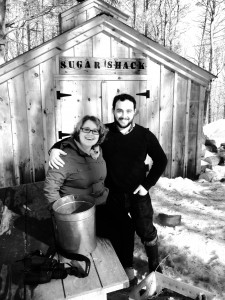
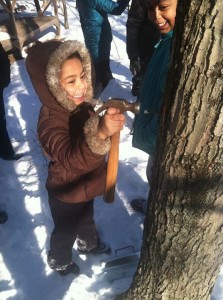
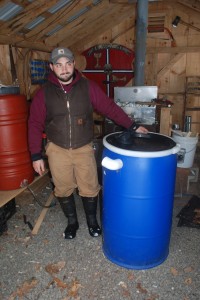


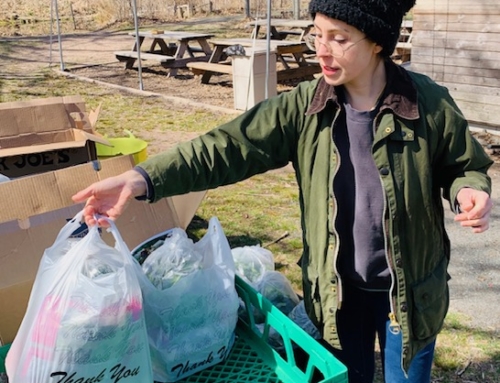

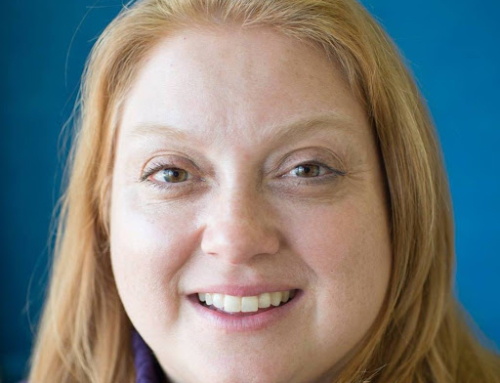
Leave A Comment